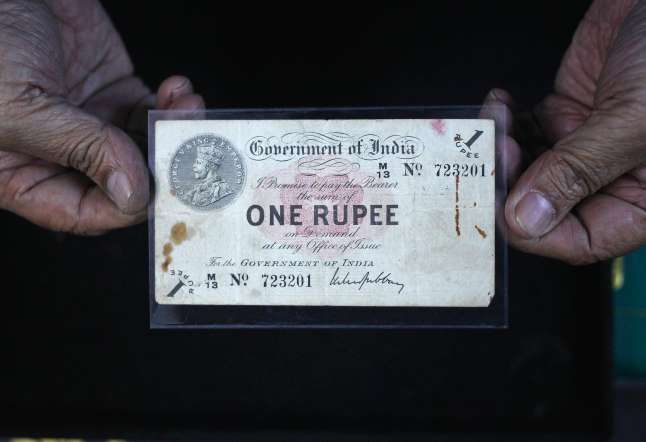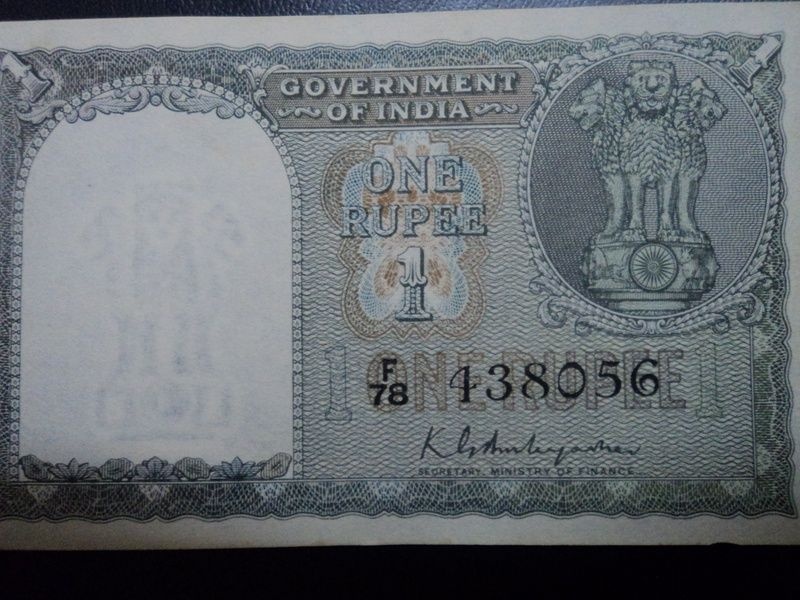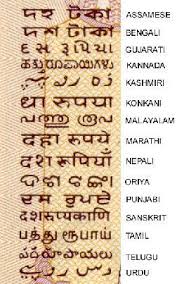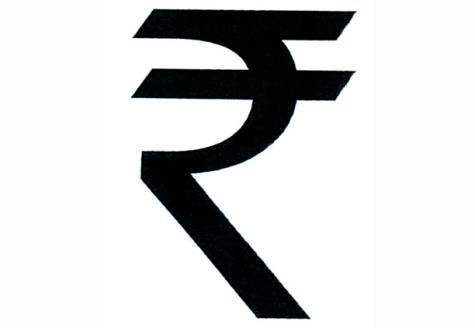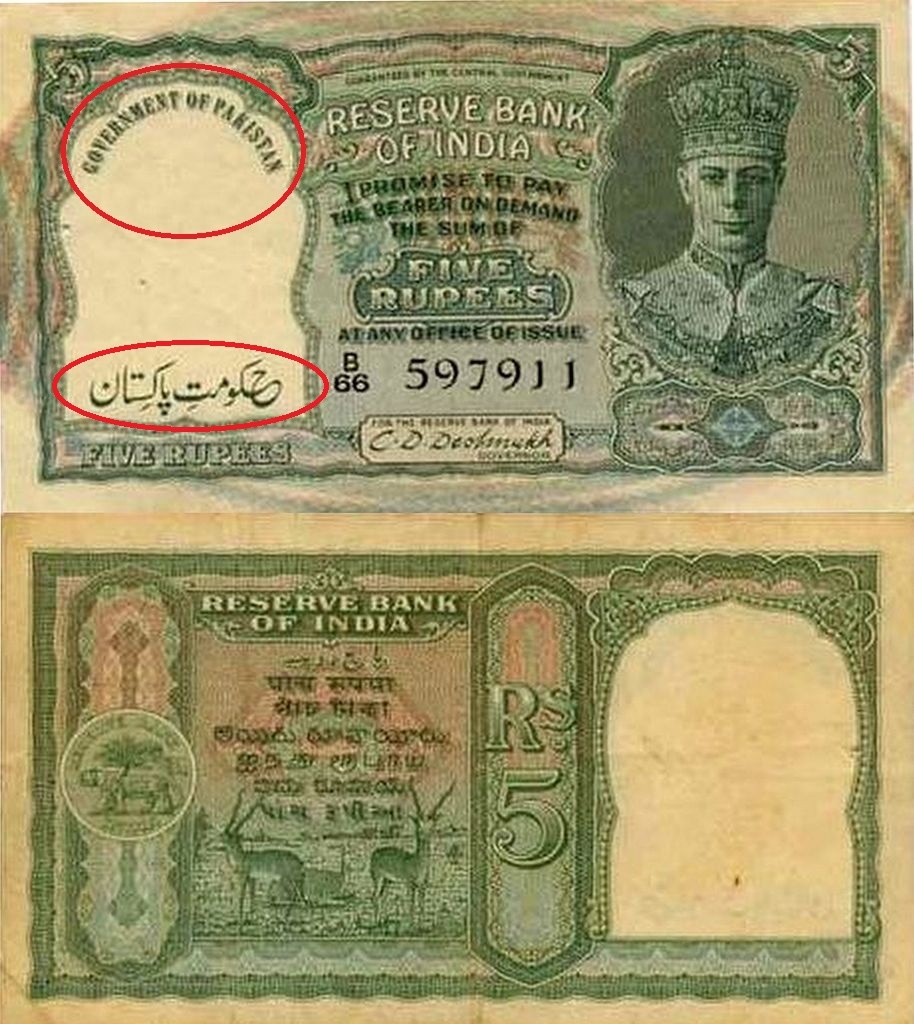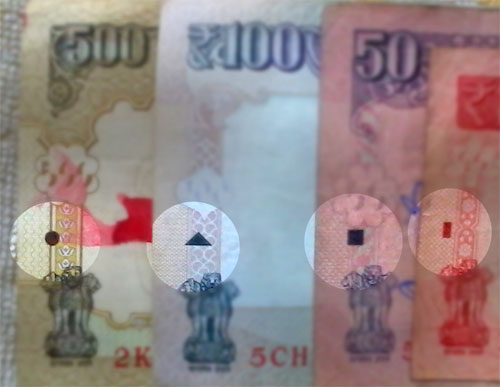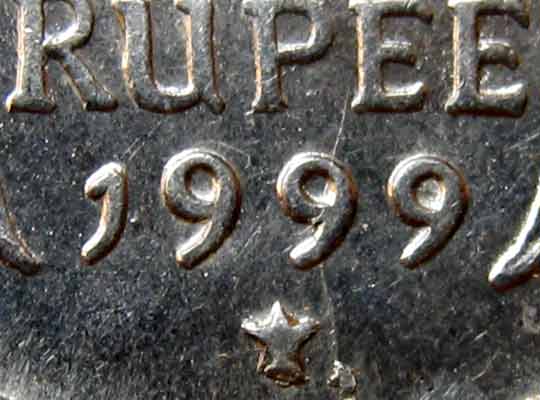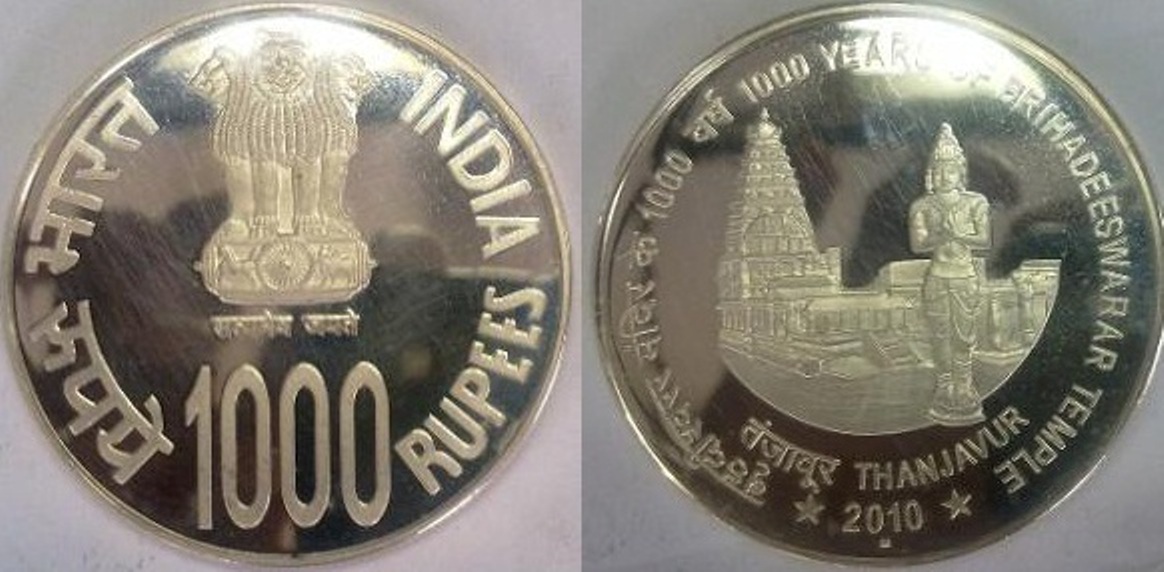The Indian rupee is the official currency of the Republic of India. The issuance of the currency is controlled by the Reserve Bank of India.
The Hindi word rūpaya is derived from Sanskrit word rūpya, which means "wrought silver, a coin of silver", in origin an adjective meaning "shapely", with a more specific meaning of "stamped, impressed", whence "coin". It is derived from the noun rūpa "shape, likeness, image". The word rūpa is being further identified as having sprung from the Dravidian ".
Presenting 15 Amazing & Unknown Facts about Indian Rupees !
1# First paper currency
The process of issuing paper currency started in the 18th century. Private banks like Bank of Hindustan, Bank of Bengal, the Bank of Bombay, and the Bank of Madras were among the first to print paper money.It was only after the Paper Currency Act of 1861 that the government of India was given the monopoly to print currency.
2# Rupees is Not made of paper! Your currency is composed of cotton and cotton rag.
3# Only Re. 1 notes and coins in India are signed by the Finance Secretary as they are printed by the Central Government. All other Indian currency notes in India are printed by RBI.
4# Total 17 Languages appears out of which 15 languages appear in the language panel of banknotes in addition to Hindi prominently displayed in the centre of the note and English on the reverse of the banknote.
5# In 2010 Indian rupee symbol “” was adopted. D.Udaya Kumar is the creator of the rupee symbol. The symbol was derived from Devanagari letter "र" (ra). The symbol is a combination of the Latin letter “R” and Devanagari letter “र”. The parallel line in the symbol is given to make it look like tricolor of Indian national flag.
6# After independence the Pakistani rupee came into existence, initially using Indian coins and Indian currency notes simply overstamped with "Pakistan". Provisional notes were issued by the Reserve Bank of India and the Government of India on behalf of the Government of Pakistan, for use exclusively within Pakistan, without the possibility of redemption in India. Pakistan started printing its own currency later in 1948
7# For the visually impaired people There is an identification mark (different geometrical shapes) on the left hand side of each note in the form of raised print (intaglio) – a diamond for Rs 1000, circle for Rs 500, triangle for Rs 100, square for Rs 50, rectangle for Rs 20 and none for Rs 10 .
See Also:
25 Interesting & Unknown Facts About “Taj Mahal” | Finest Architecture in World
8# Have you ever noticed the different symbols below the year. These symbols are actually specifying where the originated. The following insets have been assumed and be allotted…
Delhi(Noida) – have a dot
Mumbai – have a diamond
Hyderabad – have a star
Kolkata – Nothing beneath the year
9# Special commemorative coins: 75, 100, 1000 rupees coin were first made in 2010. It was only for the commemorative purposes. They were made to celebrate 75 years of Reserve Bank of India, 100 years of Rabindranath Tagore and 1000 years of Brihadeeswarar temple
10# On Indian Rupees you can’t find these “I, J, O, X, Y, Z” alphabets / letters on the number panel. As in these case RBI only have twenty alphabets are used as insets. For security reasons, Reserve Bank of India doesn’t reveal which inset alphabet/ letters are assigned for which printing press.
11# The current series of bank notes are called Mahatma Gandhi Series. The Mahatma Gandhi series of notes were introduced in 1996.
12# The highest denomination note ever printed by the RBI was the Rs 10,000 note in 1938 and again in 1954. These notes were demonetized in 1946 and again in 1978.
13# The RBI can issue banknotes in the denominations of 5000 and 10,000, or any other denomination that the Central Government may specify. But, there can't be banknotes in denominations higher than 10,000 as per the current provisions of the RBI Act, 1934.
14# Coins can be issued up to the denomination of Rs. 1000 as per Coinage Act, 2011.
15# At the time of independence, the division of the rupee was in annas. 16 annas used to make one rupee. Theanna was further divided into 4 paisas or 12 pies. Nowadays, the rupee is divided into paisa and 1 rupee is equal to 100 paisa. The decimalization of the rupee took place in 1947. In this, the rupee was divided into 100 naya paisa (nayameans new). The word naya was later on dropped in 1964
See Also:
22 Interesting ,Amazing & Unknown Facts About Indian Railways | Must Read
13 Interesting & Unknown Facts about “Mughal-E-Azam” | The Epic Bollywood Movie
If you like this post, Then please, share it in different social media. Help our site to spread out.
[divider scroll_text=”Back To Top”]

